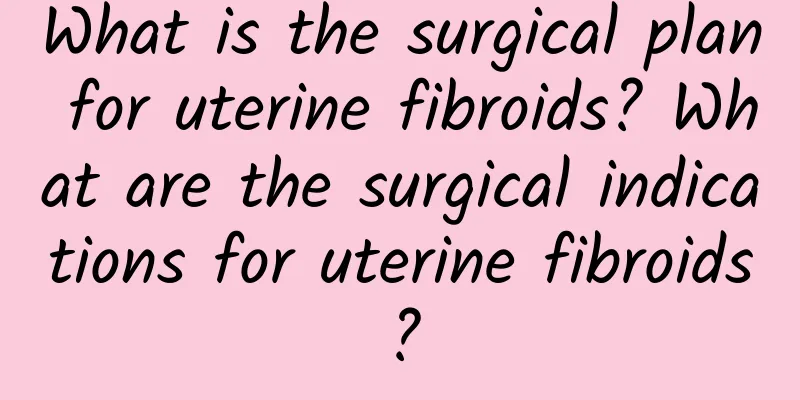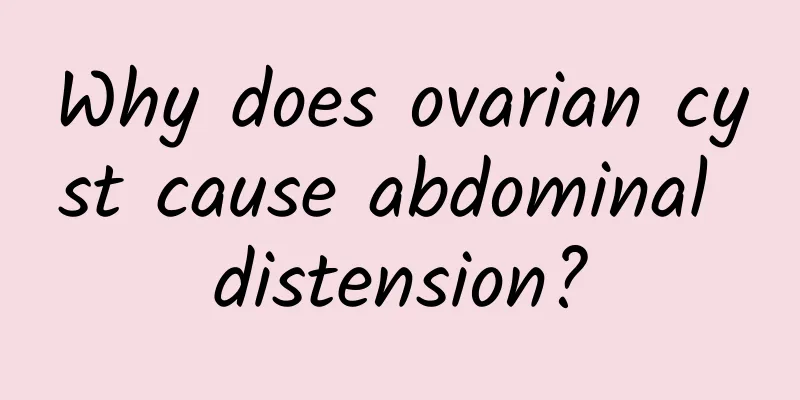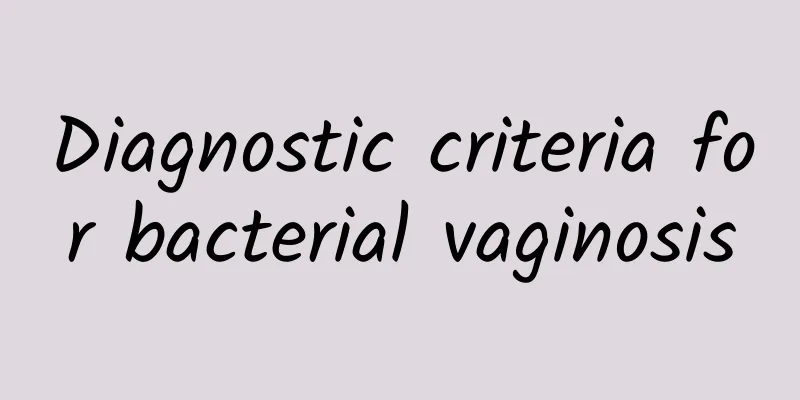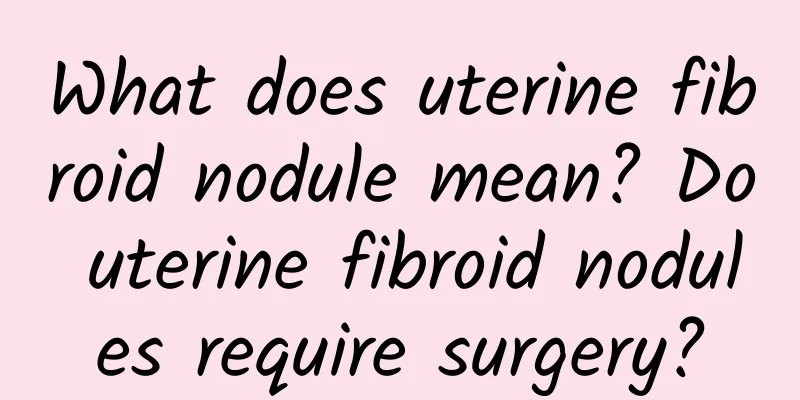What is the surgical plan for uterine fibroids? What are the surgical indications for uterine fibroids?

|
What is the surgical plan for uterine fibroids? What are the surgical indications for uterine fibroids? Introduction: Uterine fibroids are common benign tumors in women, which have a certain impact on the patient's quality of life and fertility. For some patients, surgery may be the best option for treating uterine fibroids. This article will discuss the surgical options and surgical indications for uterine fibroids. 1. Surgical plan 1. Hysterectomy: For patients with severe symptoms and suspected malignant tumors, hysterectomy is a common surgical option. This surgery can completely remove the fibroids by removing the uterus, fundamentally solving the patient's disease problem. 2. Myomectomy: For patients with small and localized fibroids, myomectomy is a more conservative surgical option. In this surgery, the doctor will only remove the fibroids and keep the uterus intact to ensure the patient's fertility. 3. Laparoscopic surgery: Laparoscopic surgery is a minimally invasive surgery, which is an ideal surgical option for patients with smaller fibroids. Through laparoscopic operation, doctors can accurately remove fibroids, allowing patients to recover faster and with smaller scars after surgery. 2. Indications for surgery 1. Uterine fibroids cause obvious symptoms: Some patients may experience obvious symptoms during the development of uterine fibroids, such as menorrhagia, pain and discomfort, etc. If these symptoms seriously affect the patient's quality of life, surgery may be a necessary option. 2. Fibroids are too large: Fibroids that are too large will not only cause symptoms, but may also squeeze surrounding structures and even affect fertility. For such patients, surgery is an effective way to solve the problem. 3. Suspected malignant transformation: Although uterine fibroids are benign tumors, they may become malignant in rare cases. If the doctor suspects that the fibroids may be malignant, surgery is an important way to confirm and treat them in a timely manner. Conclusion: The surgical plan for uterine fibroids varies depending on the patient's condition, the size and location of the fibroids, and other factors. For patients with clear surgical indications, surgery can effectively improve symptoms, restore fertility, and avoid potential malignant development. However, surgery should also be chosen with caution. Patients should fully communicate with their doctors and compare the pros and cons of various treatment options. Only after a comprehensive evaluation can you find the best treatment plan for yourself. |
<<: What are the symptoms of multiple uterine fibroids? Are multiple uterine fibroids serious?
>>: What Chinese herbal medicines are effective in treating uterine fibroids?
Recommend
Causes of irregular menstruation in young girls
What causes irregular menstruation in young girls...
The cause of ovarian cysts may be related to diet
If women do not pay attention to their diet, then...
5 dietary tips to help eliminate the weight gain caused by workplace stress
Stress is the biggest invisible killer that affec...
How to remove uterine fibroids? What should be paid attention to when removing uterine fibroids?
If uterine fibroids are not treated in time, it w...
What are the key points for women to self-diagnose ovarian cysts?
Many patients with ovarian cysts do not pay much ...
What are the harms of uterine fibroids to the human body?
Uterine fibroids are a type of benign uterine tum...
How to prevent and treat normal dysmenorrhea symptoms?
Symptoms of dysmenorrhea can be divided into norm...
A female college student's feet became thicker and her belly became bigger, and she thought she was getting fat! It turned out to be lupus erythematosus that caused renal failure, causing edema and dialysis to save his life
If your feet become thicker and your belly become...
Will pregnant women have miscarriage if they eat longan?
Will eating longan cause miscarriage? We all know...
What is the principle of using Lipu Knife to treat cervical erosion? Analysis of the pros and cons of using Lipu Knife to treat cervical erosion
Cervical erosion is a common gynecological diseas...
Why does pelvic inflammatory disease cause lower abdominal pain?
Why does pelvic inflammatory disease cause lower ...
Can you eat spicy hotpot while losing weight? Nutritionists teach you how to choose food wisely
Being thin is not difficult. As long as you choos...
Causes of senile vaginitis
Causes of senile vaginitis: The phenomenon of vag...
Does adenomyosis need treatment when approaching menopause?
Does adenomyosis need treatment when approaching ...
People take care of this kind of vulvar leukoplakia in time
Vulvar leukoplakia is a disease that we often enc...









